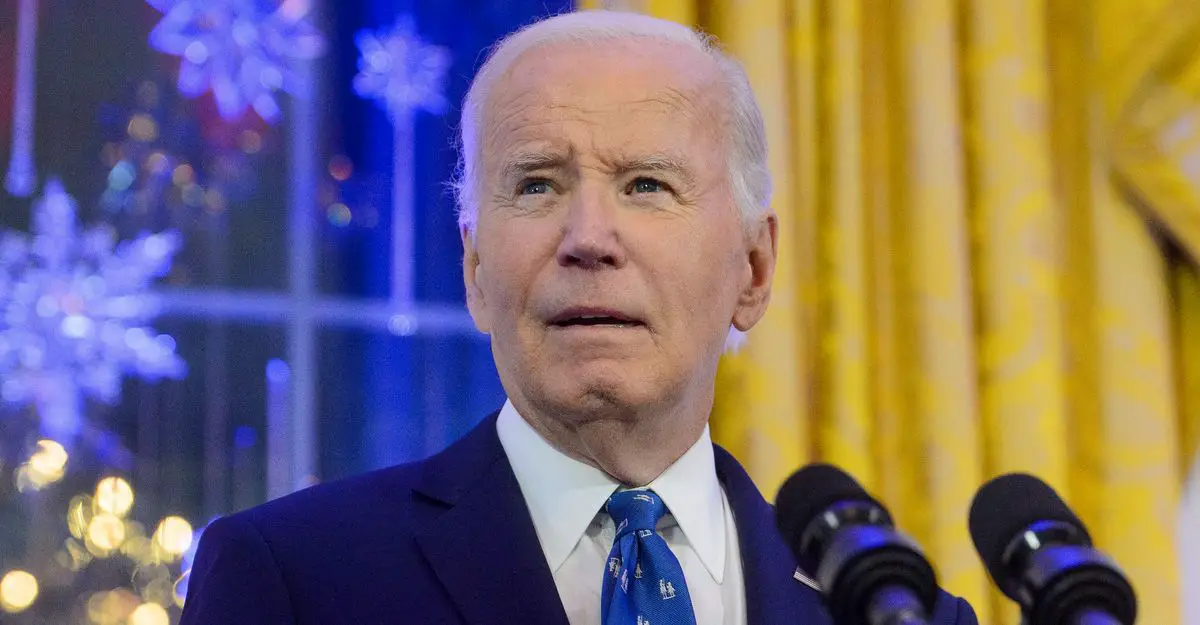

The year was 1915. World War I was at its peak in Europe with Great Britain coming up heavy attack from the German forces. The death toll was rising with every passing day and it included hundreds of youngsters who were enlisted in the army specifically for the war. One such army recruit was Harry Lee – a Middlesex cricketer who joined the 13th Battalion, part of the London regiment, and fought in the Battle of Aubers Ridge began on May 9. He was presumed dead in the battle and his parents even held his memorial. However, 15 years later after his ‘death’, Lee went on to play his first Test for England when he took the field against South Africa at Johannesburg on February 13, 1931.
Lee was already a cricketer for Middlesex when he was sent to war and although he did sustain a bullet wound on his left thigh, he was miraculously alive. He was taken a hospital in Valenciennes, France by the German forces where he stayed for almost six weeks before being handed over to the German Red Cross. He received permission to return to England started his journey in October.
He was discharged from the Army in December and was honoured with the British War Medal, 1914-15 Star, Silver War Badge, and Victory Medal. But, during his treatment in London, he was informed that he has suffered muscle death resulting in one leg being be permanently shorter than the other.
Lee worked as a filing clerk in the War Office but did not let go of his one true passion – cricket. He scored a century for Royal Army Service Corps in a match against Lancing College and then decided to move to India where he worked as football and cricket coach to the Maharaja of Cooch Behar.
Lee finally made his comeback to first-class cricket in India in March 1918 where he played for Maharaja of Cooch Behar XI. He took 5 wickets in the first innings and 3 in the second but his team went on to lose the game by 1 wicket. He continued to play cricket in India and India’s first ever captain in Test cricket – CK Nayudu – even called him a “very fine bat”.
When the war ended in 1919, county cricket resumed once again in England and Lee was back to playing for Middlesex. He slammed 1223 runs in 19 matches during the 1919 season and followed it up with 1518 runs in 23 matches at a stunning average of 43.37 during the 1920 season. In the 16 seasons he played first-class cricket, he crossed the 1000-run mark on 13 different occasions.
However, it was in 1931 where he finally got his first Test call-up for England. Lee was working at the St Andrew’s College and Rhodes University in Grahamstown, South Africa when he was called up. Percy Chapman’s team was plagued with injuries with seven players out of action before the third Test match against South Africa. Lee was called as a replacement and on February 13, 1931, he made his Test debut nearly 15 years after he was declared ‘dead’.
The story does not end there. Despite playing the match for England, Lee never received his Test cap. Lee got into a dispute with one of the schools where he worked in South Africa and they complained that he left without an official permission. As a result, he did not receive the cap or blazer from the MCC but he was given an England touring by Jack Hobbs.
Topics mentioned in this article







